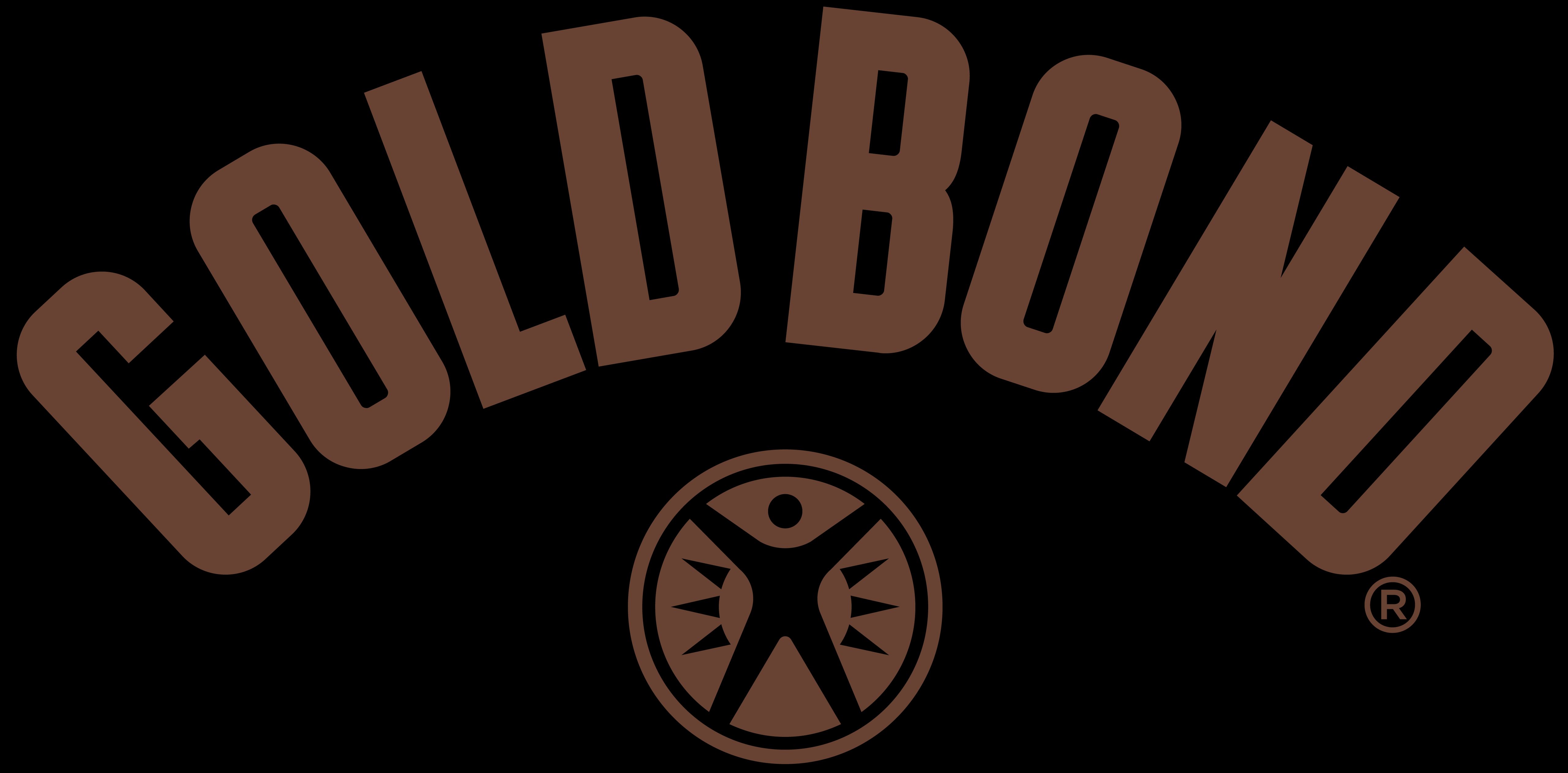Dermatitis is a term that means inflammation of the skin. Eczema is a term used to describe a group of chronic skin conditions that cause itchy, dry, and inflamed skin.
People often use the terms eczema and dermatitis interchangeably, but “dermatitis” is a broader term that encompasses more than eczema rashes.
Keep reading to learn about the differences, similarities, and types of eczema and dermatitis.
There are differences between eczema and dermatitis, but there’s also some overlap.
The term “dermatitis” is a general term that means inflammation of the skin. Eczema is a chronic condition of inflamed skin with other symptoms like itching, a flaky or scaly rash, and dry skin.
The terminology can get confusing because the most common form of eczema is a type of dermatitis called atopic dermatitis. And doctors and researchers occasionally
It’s worth noting that there are many different forms of eczema. These different forms have specific names, different symptoms, and other features that don’t overlap. But all these different forms of eczema fall under the umbrella of atopic dermatitis.
Eczema and dermatitis both involve skin irritation and inflammation. Eczema is actually one type of dermatitis. Other types of dermatitis include:
Because eczema is a form of dermatitis, the two conditions have a lot in common, including certain:
- symptoms
- complications
- risk factors
- causes
- triggers
For instance, dryness can trigger eczema and a type of dermatitis called asteatotic dermatitis. Temperature changes can trigger eczema and other types of dermatitis, including cholinergic urticaria (heat hives) and miliaria (heat rash).
Hormonal changes can also contribute to both dermatitis and eczema.
Eczema is a chronic condition, but some people experience acute flares as they can with dermatitis. Likewise, dermatitis can sometimes be chronic.
Both conditions can cause swelling, blisters, skin discoloration, severe itching, crusted patches, discharge, and other symptoms.
If you’re experiencing signs or symptoms that seem like eczema or dermatitis, it’s a good idea to talk with a healthcare professional.
There are several distinct types of eczema and dermatitis. It’s possible to have eczema (which is a type of dermatitis) and another type of dermatitis at the same time.
You can also have different types of eczema at the same time, such as atopic dermatitis and stasis dermatitis, which are both forms of eczema.
While eczema and dermatitis typically cause skin discoloration and itching, some types also cause blistering and peeling.
Types of dermatitis
Atopic dermatitis
Atopic dermatitis is a chronic condition that requires symptom management. Its characteristics include an itchy rash that usually appears at body joints like knees or elbows and even around the neck, but it can occur anywhere on the body depending on the age of the person.
This condition occurs in flare-ups or bouts, meaning that it gets worse and improves in irregular cycles. Symptoms include:
- dry skin
- flaky or scaly patches
- itching
- sores that may weep
- follicular dermatitis, where inflammation occurs in the hair follicles
Contact dermatitis
Contact dermatitis can be allergic or irritant in nature. It occurs when your skin reacts to something you’ve touched or brushed against. This can include bleach, soap, poison ivy, certain metals, or other irritants. The rash may itch or burn. Symptoms include:
- rash
- itching
- burning
- stinging
- blisters with liquid
Seborrheic dermatitis
Seborrheic dermatitis commonly affects areas that produce oil or where hair grows. These are areas that secrete sebum (oil). This dermatitis has a scaly, dry appearance and may be due to a reaction to the yeast in your skin.
Symptoms, which commonly occur on your scalp or around your nose, eyebrows, or beard, include:
Seborrheic dermatitis is also known as seborrhea and cradle cap.
A related condition called pityriasis capitis (dandruff) is a milder, noninflammatory form of seborrheic dermatitis, though expert opinions vary on this distinction.
Types of eczema
There are several other types of eczema beyond atopic dermatitis:
- dyshidrotic eczema (also known as pompholyx eczema)
- nummular eczema (also known as discoid eczema)
- stasis dermatitis (also called varicose eczema, or gravitational eczema)
- neurodermatitis (lichen simplex chronicus — lichenification of a patch of skin)
- asteatotic eczema (eczema cracquelée)
Prevention depends on the type of dermatitis or eczema you have. Most forms of dermatitis and eczema are chronic conditions.
You can often avoid or manage these forms of dermatitis or eczema with proper self-care, which includes:
- taking short showers or baths since bathing for long periods can dry out the skin
- using moisturizers like oils, lotions, or creams
- avoiding irritants that make your skin more susceptible to breakouts, like scented products
- avoiding scrubbing your skin too hard
- using topical steroids to help with itching
- keeping your fingernails short if you have a habit of scratching
- avoiding stressful situations that may cause a flare-up
Establishing a skin care routine can help you manage symptoms of atopic dermatitis or eczema. A doctor can help you design a regimen that works for you.
To help avoid flare-ups, try identifying things that may cause your breakouts. It may be helpful to keep a journal to track your flare-ups and identify what preceded them.
Preventing contact dermatitis
If you have contact dermatitis, you can help prevent it by determining what irritants or allergens are triggering your condition and avoiding those irritants if possible.
It’s important to see a doctor for a proper diagnosis of contact dermatitis. Once you and your doctor have determined the triggers for your type of eczema or dermatitis, then you can try to avoid it. For example, gluten can trigger dermatitis herpetiformis, and allergens can trigger contact dermatitis.
Usually, people can resolve minor outbreaks of dermatitis with self-care. Still, if your symptoms don’t improve, you should visit a dermatologist to determine the best course of action for symptom management of eczema or dermatitis.
If your skin becomes painful, infected, or very uncomfortable, make a doctor’s appointment as soon as possible.
The words “eczema” and “dermatitis” are generic terms for skin inflammation, and people often use them interchangeably. This may be because the most common form of eczema is a specific skin condition called atopic dermatitis.
Other types of dermatitis and eczema have similarities, but not all of them overlap in their symptoms, causes, and other features.
People can manage most types of dermatitis by using condition-appropriate skin care and avoiding irritants that trigger flare-ups.
If you’re experiencing irritated or painful skin and aren’t sure of the cause, or the condition is not responding to over-the-counter treatments, you may have a skin infection or an underlying condition.
Talk with a doctor or dermatologist to determine what type of skin condition you have. They can recommend a personalized treatment plan.






